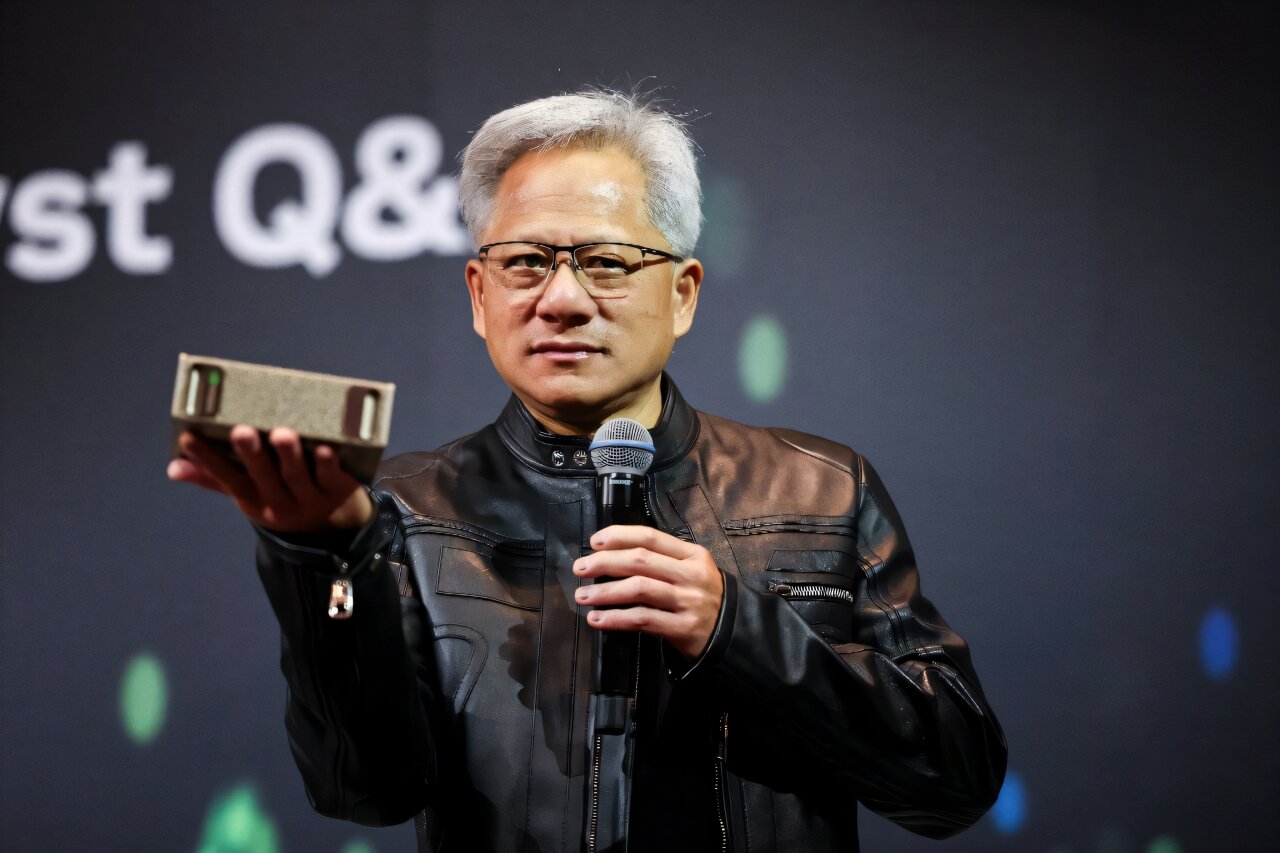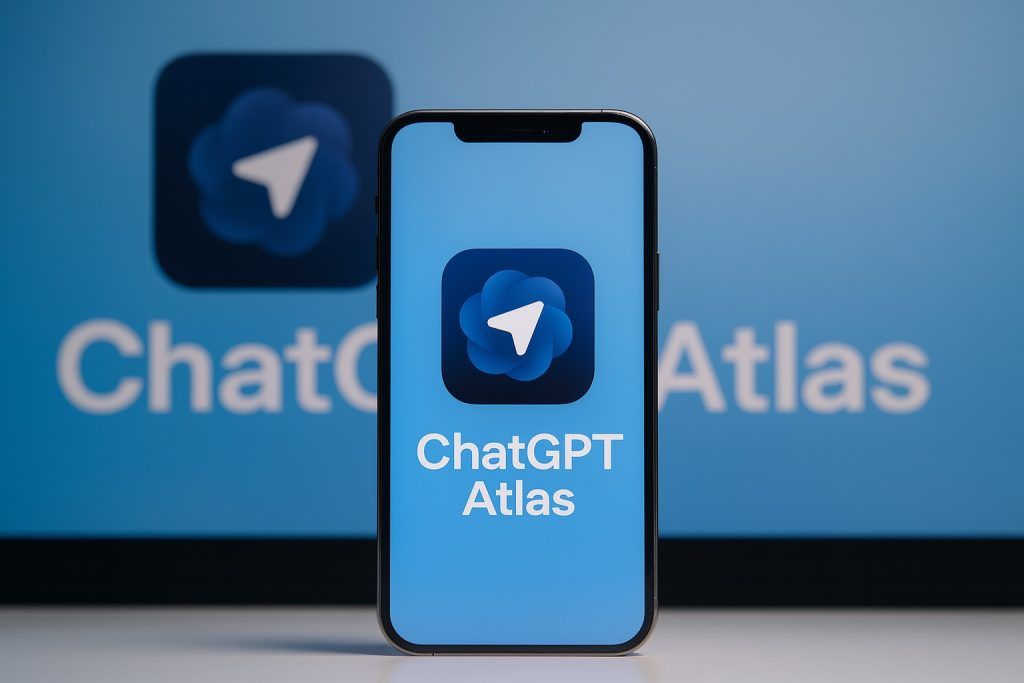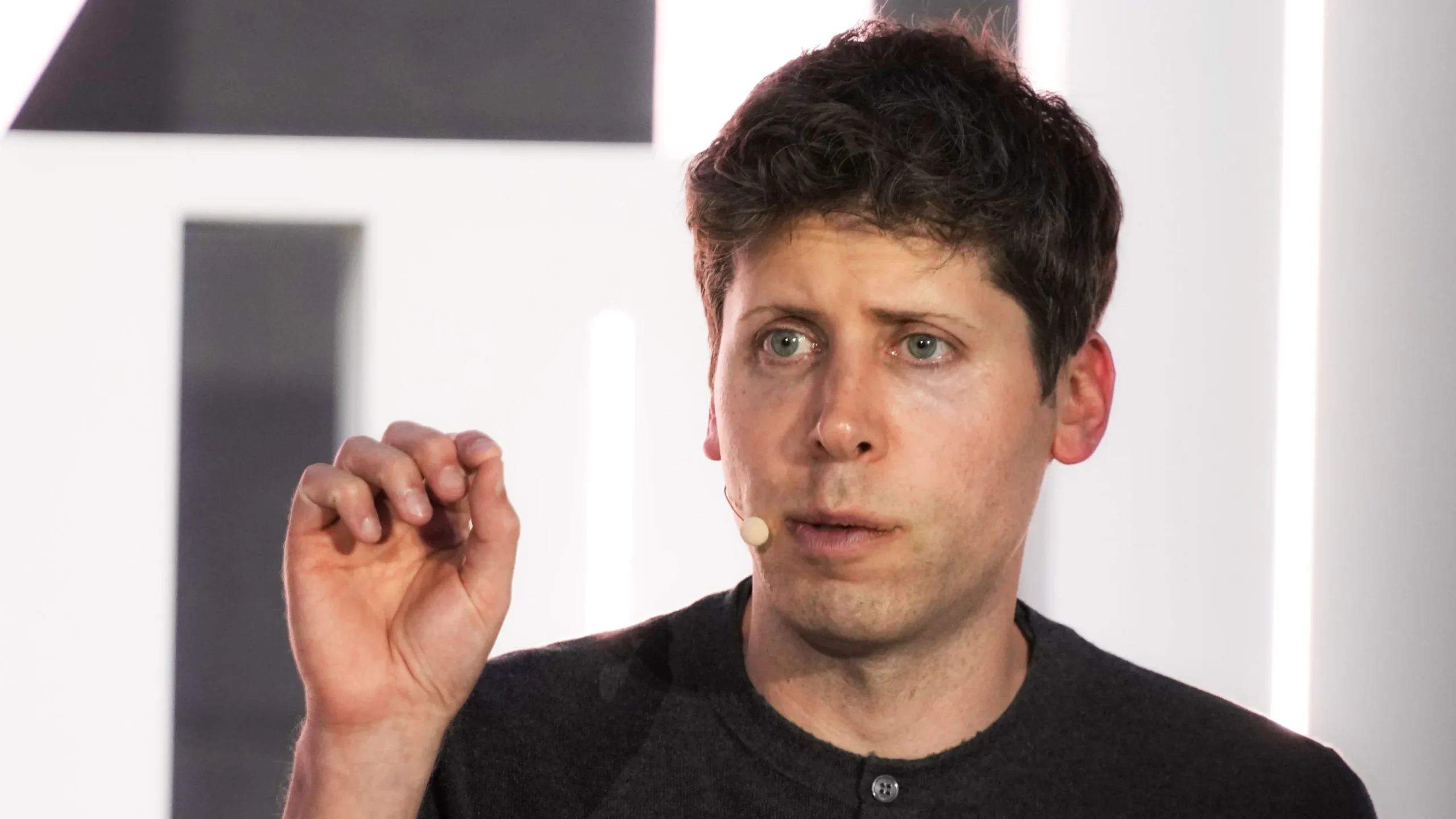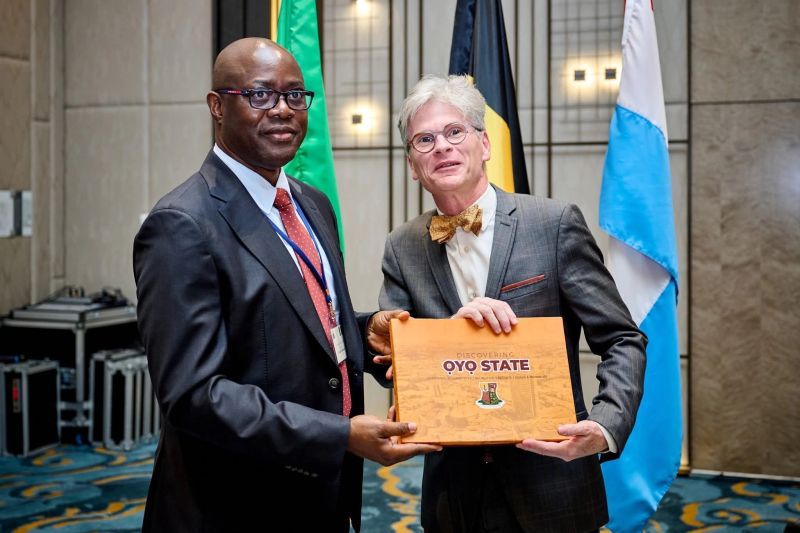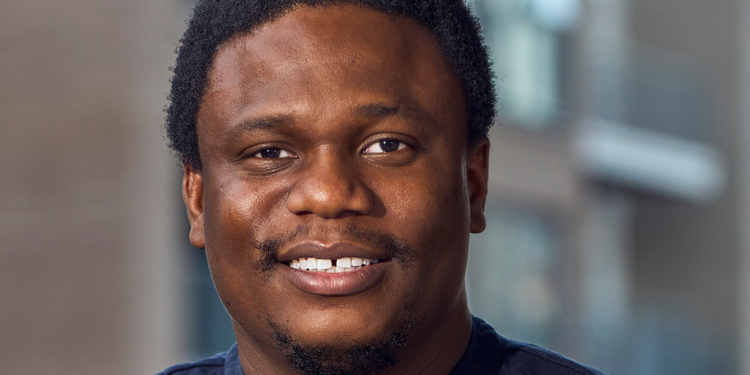As artificial intelligence continues to reshape the world, many office workers fear their jobs could vanish in the wave of automation. But for Nvidia CEO, Jensen Huang, the story of AI’s rise has an unexpected twist: it may be electricians, plumbers, and carpenters not programmers who emerge as the biggest winners.
In an exclusive interview with Channel 4 News in the U.K., Huang painted a vivid picture of the new economy. “The growth of AI data centers is creating a massive need for skilled trades,” he explained. “Those who can build, wire, and maintain these facilities will find consistent, high-paying work, sometimes without ever needing a college degree.”
Huang’s vision is not hypothetical. Nvidia recently pledged $100 billion to fuel OpenAI’s data center expansion, cementing the role of physical infrastructure at the heart of the AI revolution. Each sprawling 250,000-square-foot facility can employ roughly 1,500 construction workers during its build phase, many earning six-figure salaries. Once operational, the center sustains around 50 maintenance roles and generates ripple effects that boost local economies.
The stakes are enormous. Global spending on data centers is expected to hit $7 trillion by 2030. Yet the expansion faces a hidden obstacle: a looming shortage of skilled labor. BlackRock CEO Larry Fink warns that restrictive immigration policies and waning interest in trades among younger generations could slow growth, putting a premium on those with technical know-how.
Meanwhile, research from Yale’s Budget Lab offers a counter-narrative to widespread fears about AI replacing human labor. So far, automation has not caused significant job losses, even in sectors like finance and technology, where AI adoption is highest.
For now, analysts argue that the safest career bets lie in hands-on trades. As AI infrastructure grows around the globe, the electricians, plumbers, and carpenters who build and maintain it may find themselves at the forefront of a quiet but transformative economic boom. In a world captivated by software and algorithms, the true heroes of the AI era may just be those working with their hands.

